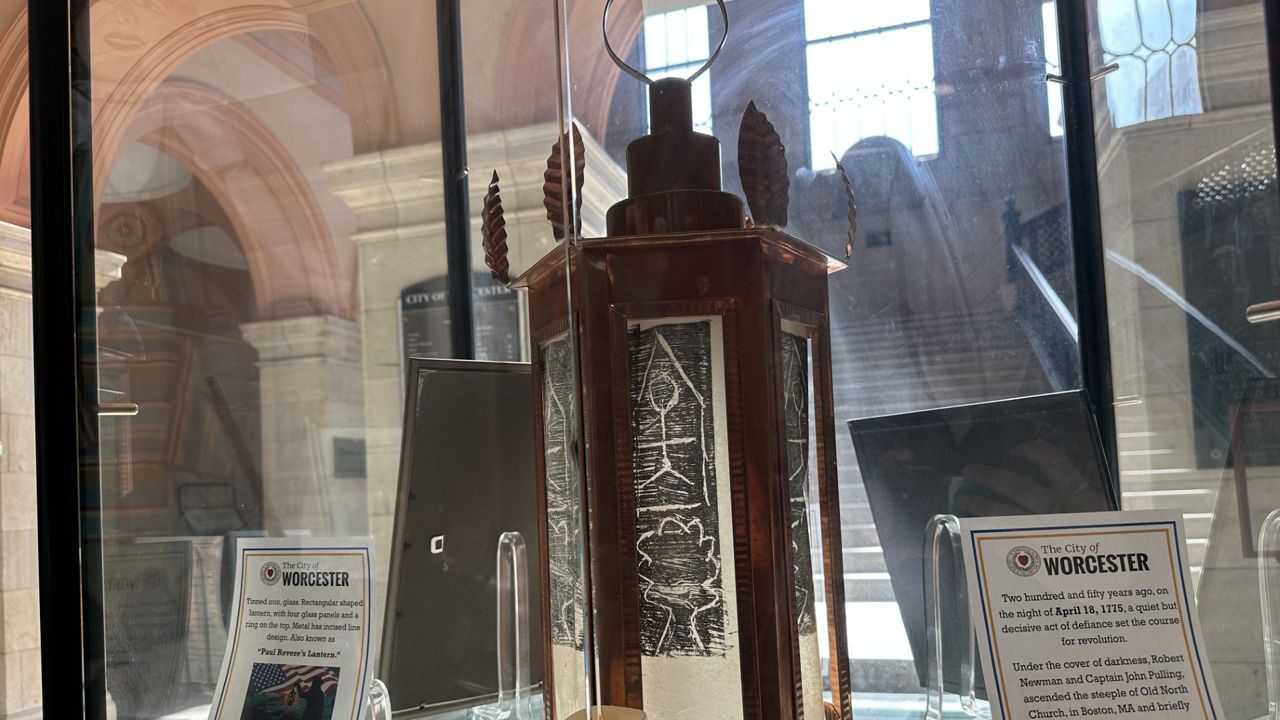LUDLOW, Mass. - Some western Massachusetts residents were able to experience the sunset of the winter solstice Thursday evening along with the stones of the UMass Amherst sunwheel.
What You Need To Know
- Some western Massachusetts residents gathered among the stones of the UMass Amherst sunwheel to experience the sunset of the winter solstice Thursday evening
- The winter solstice is the day where the earth's rotation axis is most tilted away from the sun, and the astronomical definition is the first day of winter
- The sunwheel is a stone circle observatory on campus that was built decades ago
- Stone circle observatories events that repeat every year mark the rising and setting points of the sun, the moon and two stars
"This is the day where the earth's rotation axis is most tilted away from the sun, and the astronomical definition is the first day of winter," said UMass Amherst astronomy graduate student Bingqing Sun.
The sunwheel is a stone circle observatory on campus that was built decades ago by the late UMass Amherst head of the astronomy department. Volunteer Andy Morris-Friedman said the carvings have played a great role in the history of telling time.
"The stone circle and all stone circle observatories are really calendars," Morris-Friedman said. "They mark events that repeat every year, that mark the rising and setting points of certain heavenly bodies of our horizon - the sun, the moon and two stars."
Morris-Friedman said the winter solstice is the shortest day of the year while the summer solstice in June is the longest. He said the winter solstice is when the southernmost part of the world gets the most direct sunlight, whereas the summer solstice is the reverse.
"This change is because of the three dimensional geometry of the solar system and the tilt of the earth relative to the season," Morris-Friedman said. "It's because of the tilt that we have the solstice and equinoxes but also the changes of the seasons."
While the first day of winter marks the longest night of the year, Sun said people can expect to gradually see more sunlight moving forward.
"After today, we will get longer and longer daylight times, longer daylight hours," Sun said.










